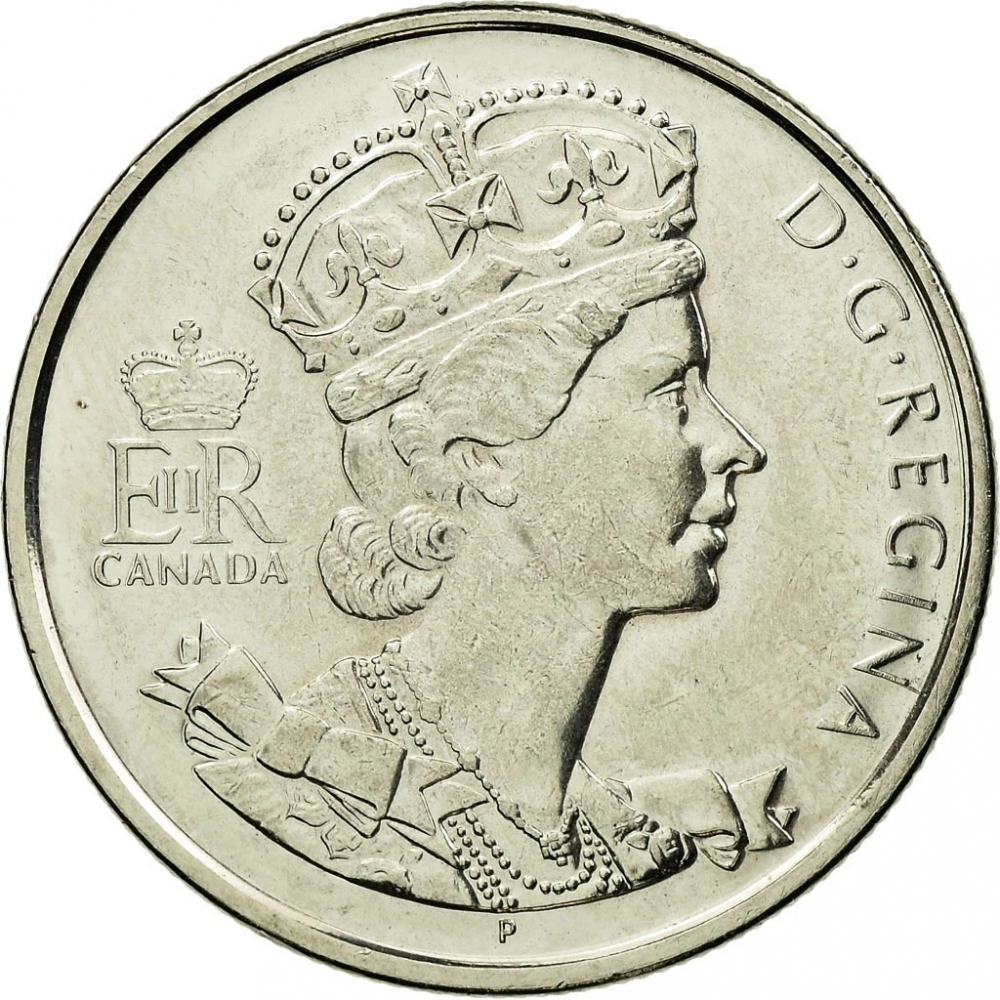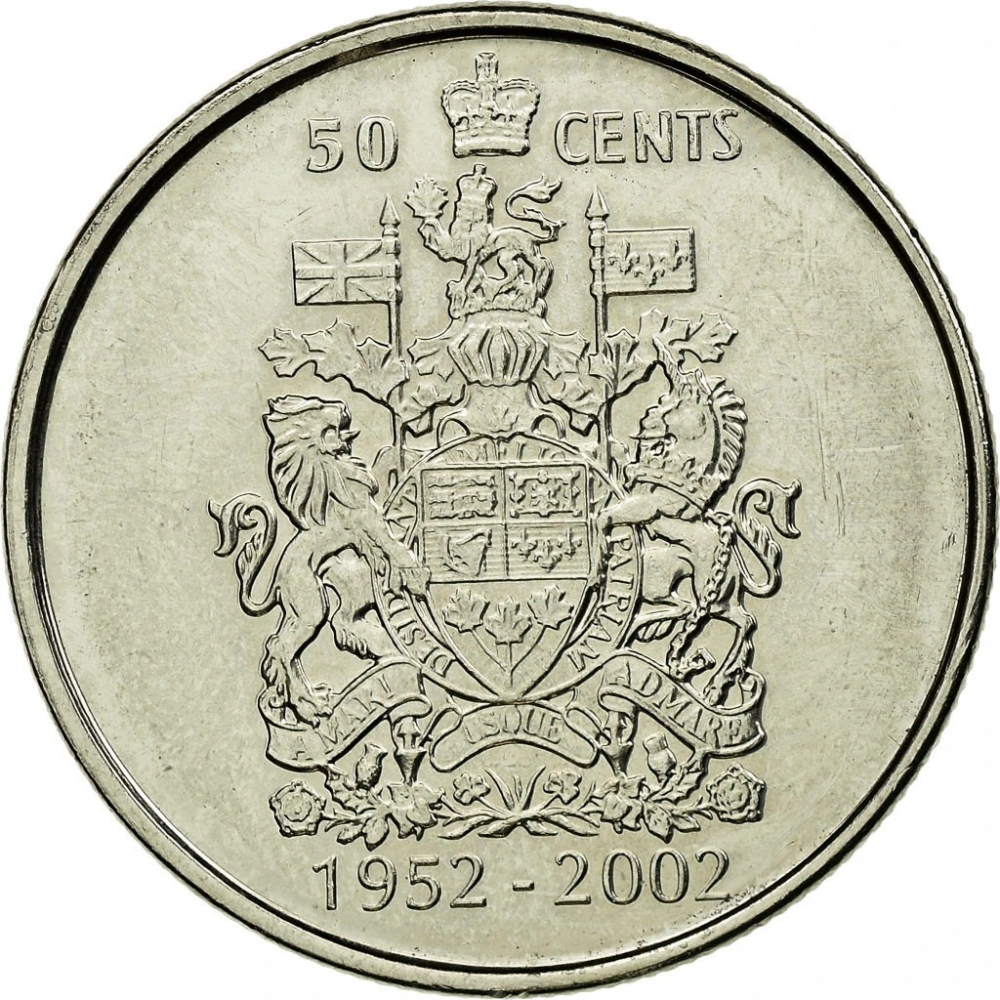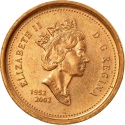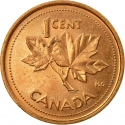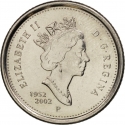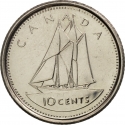You are about to finish your registration. Please check your mailbox (including spam folder). There should be a letter with a confirmation link. Check setting to make sure that your e-mail address is correct.
Send letter againDescription
Elizabeth II (Elizabeth Alexandra Mary; 1926–2022) was Queen of the United Kingdom and of 14 other Commonwealth realms. Her reign of 70 years and seven months, which began on 6 February 1952, was the longest of any British monarch in history.
When her father died in February 1952, Elizabeth—then 25 years old—became queen regnant of seven independent Commonwealth countries: the United Kingdom, Canada, Australia, New Zealand, South Africa, Pakistan, and Ceylon (Sri Lanka), as well as Head of the Commonwealth. Elizabeth reigned as a constitutional monarch through major political changes such as the Troubles in Northern Ireland, devolution in the United Kingdom, the decolonisation of Africa, and the United Kingdom's accession to the European Communities and withdrawal from the European Union. The number of her realms varied over time as territories have gained independence and some realms have become republics.
With Elizabeth's accession, it seemed probable that the royal house would bear her husband's name, becoming the House of Mountbatten, in line with the custom of a wife taking her husband's surname on marriage. The British Prime Minister, Winston Churchill, and Elizabeth's grandmother, Queen Mary, favoured the retention of the House of Windsor, and so on 9 April 1952 Elizabeth issued a declaration that Windsor would continue to be the name of the royal house. The Duke complained, "I am the only man in the country not allowed to give his name to his own children." In 1960, after the death of Queen Mary in 1953 and the resignation of Churchill in 1955, the surname Mountbatten-Windsor was adopted for Philip and Elizabeth's male-line descendants who do not carry royal titles.
Obverse

|
The crowned portrait of HM Queen Elizabeth II facing right, wearing the Imperial State Crown and robes which she wore on the day of her coronation in 1952, her Royal Cypher is shown to her left, above the word CANADA. Letter P below the portrait is a composition mark for plated. EIIR |
|---|---|
Reverse

|
Depicts the Royal Coat of Arms of Canada, proclaimed by King George V on November 21, 1921 and updated in 1957, value above, date below. 50 CENTS |
| Edge |
50 Cents
3rd portrait
KM# 444 Schön# 448
Characteristics
| Type | Commemorative Issue (Circulating) |
| Material | Nickel Plated Steel |
| Weight | 6.9 g |
| Diameter | 27.13 mm |
| Thickness | 1.95 mm |
| Shape |
|
| Alignment | Medal |
| Mint |
Royal Canadian Mint (P)
|
Related coins
50th Anniversary of the Accession of Elizabeth II to the Throne
50th Anniversary of the Accession of Elizabeth II to the Throne
50th Anniversary of the Accession of Elizabeth II to the Throne
